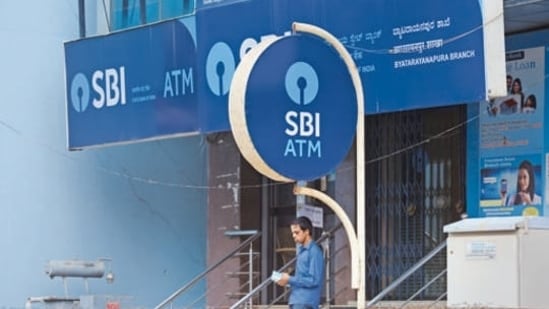India’s economic growth is not unequal and commentators making such arguments are missing a “great migration at the bottom of the pyramid”, according to a report released on Monday by Soumya Kanti Ghosh, chief economist of the State Bank of India, the country’s largest lender.

The report, released two days after the first advance estimates of India’s 2023-24 GDP gave a higher-than-expected growth of 7.3%, cited multiple arguments in favour of the economic prowess of the economy that shows inequality has declined, and households and firms at the bottom of the pyramid are showing increasing income and consumption.
The report has estimated Gini coefficient, a widely used indicator of inequality where zero indicates perfect equality and one perfect inequality, by using income-tax returns (ITR) data of taxable income of individuals. Individual income inequality has decreased from 2015 assessment year (AY) to AY2023 from 0.472 to 0.402, the analysis found. The Gini coefficient will further decrease to 0.402 in AY2023, the State Bank projected.
The report claimed that 36.3% of individual ITR filers belonging to the income group of less than ₹3.5 lakh in AY2015 have left the lowest income group and shifted upwards. As much as 15.3% of them have shifted in the income group of ₹3.5 to 5 lakh, and ₹5 to 10 lakh, and 4.2% people shifted in the income group of ₹10 to ₹20 lakh and the rest further upwards.
Also Read | Electoral bonds worth over ₹15,000 crore sold since 2018: SBI in RTI reply
There was a palpable change in income pattern of micro, small and medium enterprises as well, the report claimed. Around 19.5% of micro firms of gross income up to ₹10 crore between 2013-14 to 2020-21 have shifted their income upwards to become small, medium and large firms. Out of these, 4.8% firms have transitioned themselves into small firms, around 6.1% firms to medium sized firms, and around 9.3% firms to large firms.
There is a need to look at new indicators or rise in disposable incomes and some of the conventional indicators of the well-being of the non-rich might not be appropriate, the report argued. For example, the rising popularity of food delivery platforms even in smaller cities “indicates vanishing inequality”, the report said.
“Zomato has a market share of more than 50% in Indian food delivery market (it caters to more than 750 cities currently) and hence a perfect example of case study to refute the claim that people are facing distress,” the report says.
On the other hand, indicators like two-wheeler sales might not be a good metric to measure the economic well-being of the non-rich, the report said. “It is foolhardy to claim that is declining two-wheeler sales is a proxy for distress in rural economy,” it said, adding that while “two-wheeler sales were on downward trend and passenger vehicle sales were on upward trend even before the pandemic. There has been a clear preference to 4-wheeler over 2-wheeler” since 2018-19.